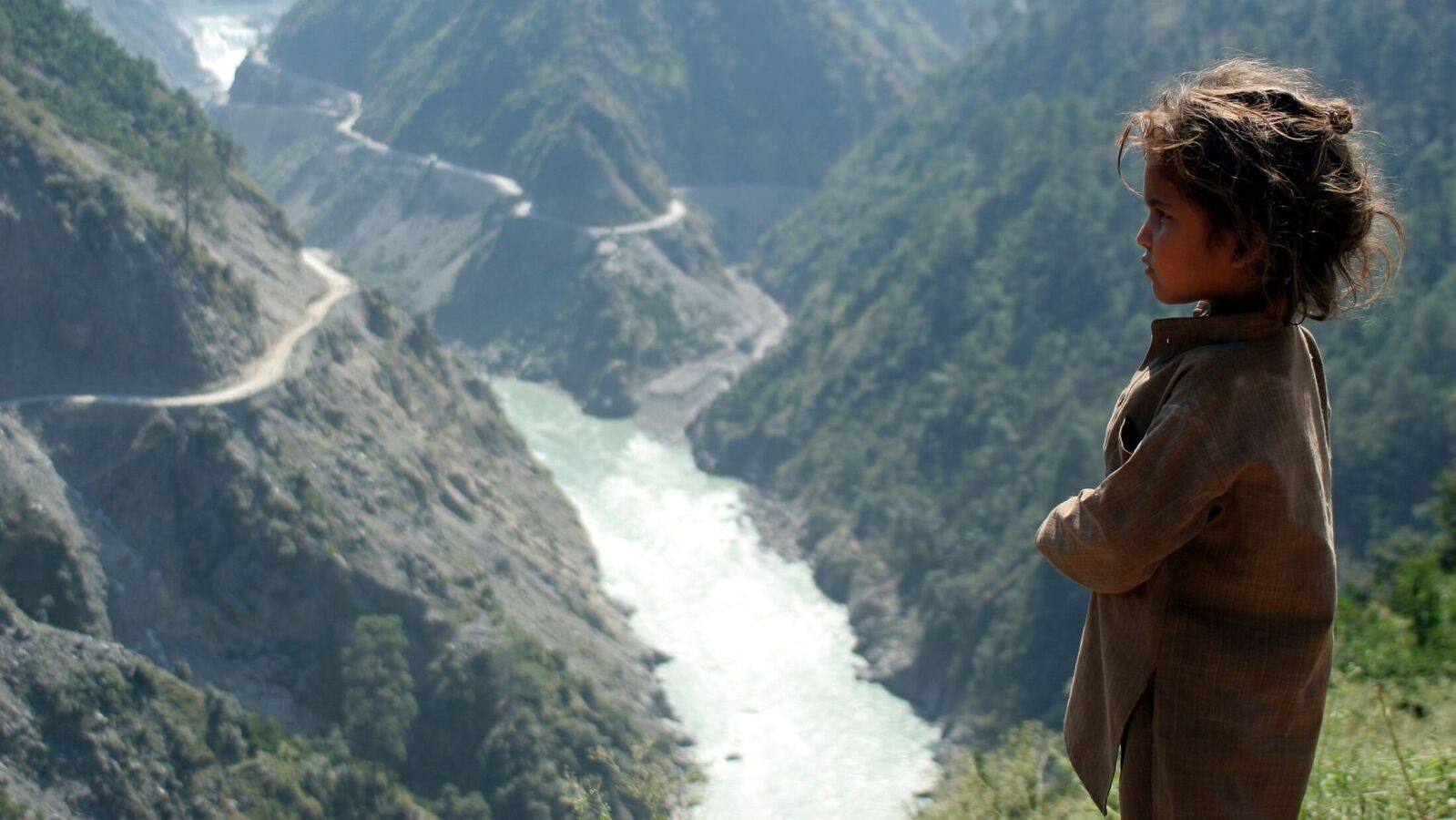Copyright © HT Digital Streams Limit all rights reserved. The Chenab River. With the Indus Waters -Treaty now in Abeyance, India is considering building hydropower dams and reservoirs for flood control on the Indus, Jhelum and Chenab rivers. (Lying photo: AFP) Summary The state government negotiates for part of the revenue from the 1,856 MW project and may consider joint development through its power arm JKPDC or a JV with NHPC. New Delhi: Jammu & Kashmir negotiate for a share and revenue share in the 1,856 MW Sawalkot hydroelectric project on the Chenab River, currently with state-run NHPC Ltd, because it seeks to ensure a direct revenue stream, according to three people familiar with the case. NHPC estimates that the project would need an £ 22,700 investment, with the state -run Major who had already spent £ 973 on a detailed project report (DPR). The project is expected to generate an annual turnover of approximately £ 4.024 crore on a projected tariff of £ 5.5 per unit and a plant tax factor of about 45%, according to the industry’s estimate. The Jammu & Kashmir (J&K) government is in talks with the Union Power Ministry to develop either the Sawalkot project independently by Jammu Kashmir Power Development Corp. (JKPDC), a state -run entity, or by the joint venture (JV) Chenab Valley Power Projects (CVPP), where JKPDC has a 44.71% flash, people said. Read it | According to one of the three people, India can after the treaty suspension of hydropower plans on Pakistan-bound rivers to the treaty. “The decision is yet to be made on whether NHPC, JKPDC or the JV will undertake the project.” NHPC has sought concessions on the GST and Water Cess of the State to keep the rates viable, a second person said, adding that if a decision is made quickly and the project receives central approval, Sawalkot can complete and be put into use by 2033. the form of the form of the form of the form of the form of the form of the form of the form of the form of the form of the form of the form of the form of the form of the form of the form of the state formed by the state, “said a third person. Inquiries sent to NHPC, and the Power Ministry, remained unanswered at the time of the publication. JKPDC officials could not be reached immediately. An NHPC official, who requests anonymity, said the State Department could find it challenging to undertake the project independently, given the high capital requirement. “They can put more pressure on the JV route, as in other projects,” the official said. If the state government takes over the project, it will have to compensate NHPC for the amount spent on the DPR, plus interest. In the case of a joint venture, it would be necessary to pay a proportional part of the DPR costs, the NHPC official said. States often prefer ownership interest in water power projects for insured long -term income, given these projects’ high capital expenditure, but low operating costs, which are the primary ‘fuel’. Control also provides a say in operations, extremely important involving large -scale land use, water resources and population displacement, industry experts said. The center has historically urged state equity in water power projects to fast-paced development, a policy that is interrupted for some projects in FY26, but is expected to resume, making joint ventures attractive, the third person said. Indus -water treaty suspension and water power Push India’s water power in J&K in J&K, gained a new momentum after the center suspended the Indus Waters Treaty of Indus Waters with Pakistan following a terrorist attack in Pahalgam in April, which claimed 26 lives. The treaty, signed under the World Bank mediation, closed India’s storage capacity on rivers that flowed into 3.6 million acre (MAF) in Pakistan. With the Treaty now in Abeyance, India is investigating flood control on the Indus, Jhelum and Chenab rivers, which has a joint average annual end of 136 MAF, of which 40% arises in India. In other words, about 54.4 maf water comes from the Indian area. Read it | Mint explanator: India puts Indus Waters Treaty on ice–which is at stake for both sides on the water power front, the center is also completing and expanding projects, with Sawalkot identified as a potential storage space, given the early stage status. “Projects on these key rivers do not have large storage capacity. As the government is looking at creating reservoirs to store water, Sawalkot can be a key project where storage can be recorded as the construction still has to start. The current installed water power capacity of J&K stands at just over 3 GW, far below the estimated potential of 18,000 MW. More than $ 150 million, operates the 900 MW Baglihar project, controlled by the Indus water treaty. -Come only 11.283 MW can support, with another 3,084 MW in the Jhelum bakkie and 500 MW in the Ravi Basin. detected. Ravi (NW-84). Market news, news reports and latest news updates on live mint.
J&K is looking for interest, income share in NHPC’s £ 22,700 Crore Sawalkot Hydro project
